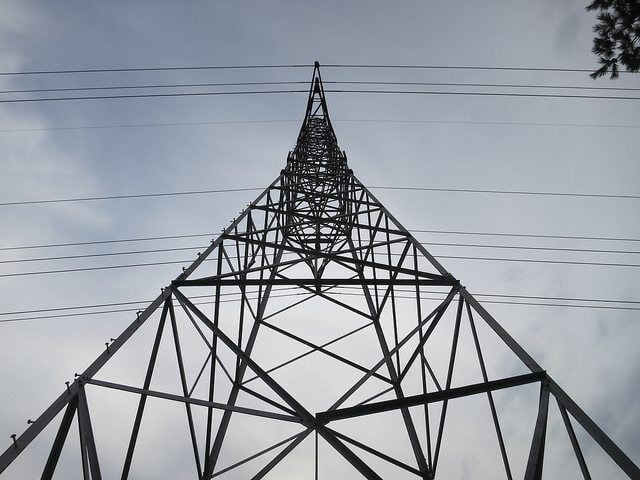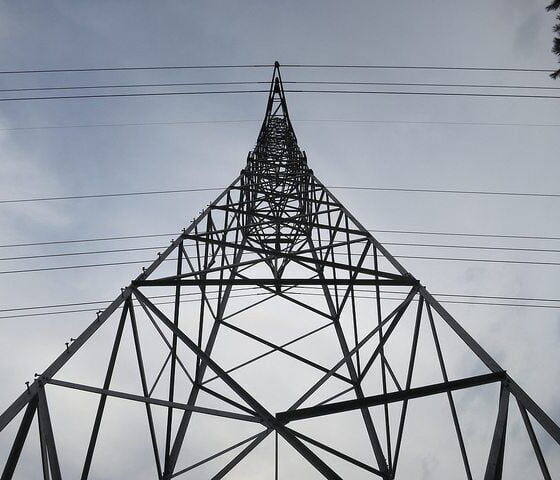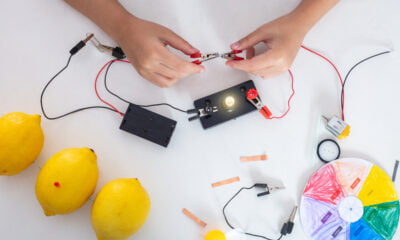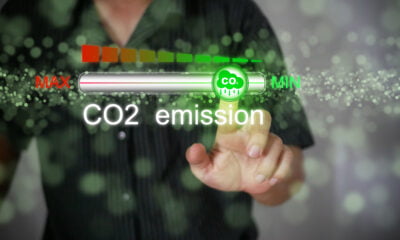

Energy
Collaboration Essential For The European Storage Opportunity
The following article outlines the issues of energy storage and explains the solutions necessary to drive the game-changing renewable energy technology.
What is an electrical battery anyway? Well, it’s one or more electrochemical cells used to store and discharge power; it’s the source of considerable excitement in the energy industry, and it’s also one of the most unintentionally brilliant metaphors of all time.
Benjamin Franklin first used the word ‘battery’ in the electrical context in 1748. He was describing multiple linked Leyden jars (a precursor to the modern cell), comparing them to a battery of cannon, all firing together.
The description was better than he could ever have guessed. The idea of individual units operating in unison to achieve something greater than the sum of its parts, the notion of absolute military precision, without which the system falls apart – you couldn’t ask for a better description for the role storage is about to play as part of incredibly finely-tuned power grids across Europe.
Central to this metaphor – and to storage fulfilling its potential – is collaboration. Something which, so far, has been in too short a supply. To get there; to cross the cusp from the old energy world to the storage-enabled new, there needs to be far greater understanding and cooperation between stakeholders.
Pent-up energy: the storage opportunity
Of course, energy storage isn’t all about batteries – pumped hydro, compressed air, flywheels heat storage – there are a huge number of established and innovative technologies in the storage story. However, it’s probably fair to say that the precipitous fall in lithium-ion battery costs is what’s generated the current buzz. The cost of batteries has declined by 70 per cent in the last five years, and Bloomberg New Energy Finance expects a 75 per cent cost fall for commercial and residential storage systems by 2040. This has shifted the storage conversation from theory to practice.
And the opportunity for storage is huge. The EU is targeting 27 per cent renewable energy generation by 2030, which will mean a lot more intermittency and balancing challenges for grids. The move to the Energy Union and the resulting increase in interconnection and joined-up thinking will help, but storage will be vital in achieving that. Effective storage allows excess energy to be stored when the sun is brightest and the wind strongest, and discharged later when they drop. For generators, this is great, as no energy is wasted, and they can provide a more reliable energy source, increasing their value. For the grid, it means more clean energy but also smooths intermittency and makes the system easier to balance. Italian grid operator Terna, for example, has deployed 40.9 megawatts (MW) of battery storage since 2013 for grid stability.
Nor is it just renewable energy generators eyeing the potential of storage. Conventional power producers are looking to the future, and many are concluding that hybrid power plants will play a big role. This might, for example, include gas, solar and a battery. This allows the operator to provide a reliable power supply but draw on the most efficient source at any given time based on market and operating conditions. Similar thinking is also driving the development of virtual power plants (VPPs), which use smart systems to create a similar effect from distributed generation and storage sources.
Then there’s the transmission grid itself. Grid storage systems can provide ancillary support such as frequency and voltage control, provide system inertia and allow grid restoration and congestion management. In the UK, the National Grid recently awarded contracts for 201 MW of enhanced frequency response where all of the winning contracts were storage.
In short, there aren’t many areas of the energy system which don’t stand to gain from cost-effective, efficient storage systems – and that’s without even touching on the commercial and residential scale applications.
For now, costs still hover just above the prohibitive level for most stakeholders. But as storage prices fall and renewables proliferate, that will soon change. The potential is there for a virtuous circle where lower costs open up new applications for the technology, creating more demand in turn. The industry is on the brink of exploding into life.
Collaboration at the core
None of this will just happen by itself though. Despite early success, there are still a lot of obstacles to storage fulfilling its potential. For example, across Europe, storage systems lack a regulatory classification of their own. This means that they might be charged once for drawing power from the grid, then charged again when discharging it back – effectively taking on the costs related to both supply and consumption.
There is certainly regulator appetite to fix this, but within the industry it has proven difficult to even develop a definition of storage that pleases everyone – though the European Commission is being lobbied to include one in the upcoming Energy Market Design. Unanswered questions remain as to what storage is, who’s responsible for transmission and distribution and who is allowed to own what, as well as the extent of subsidy and research and development support will be available.
New industry associations, such as the European Association for Storage of Energy (EASE), will certainly help coordinate efforts with the regulators, but that’s just a small subset of the huge number of stakeholders that need to have their say.
Utilities and independent power producers, both renewable and conventional, will have to guide the industry’s development to ensure smooth interoperability. Transmission system operators (TSOs) and distribution system operators (DSOs) will have certain requirements to incorporate storage systems into their networks. Providers of data-driven, smart services that link into storage will need to be involved, as will various manufacturers at different stages of the storage supply chain. All this, not to mention the extra viewpoints from storage technologies that convert power to heat or hydrogen.
Because energy storage touches on so many different areas, the list of voices who will need to have their say is almost endless. Storage is almost a victim of its own promised success.
A call for collaboration
As Franklin’s metaphor highlighted – batteries (and storage more broadly) are about collaboration and coordination. The industry has been hearing about the potential for storage to enable a near-carbon-free grid for years, but we really are now on the brink. A concerted, collaborative push by a connected industry is what will tip us over the edge and realise that future.
To that end, POWER-GEN Europe and Renewable Energy World 2017 are putting storage at the front and centre of the 2017 agenda. The event will bring together the industry’s diverse stakeholders to discuss together how to move forward and allow storage to transform Europe’s energy infrastructure. Without that collaboration, the industry risks missing a golden opportunity to decarbonise the energy sector, meet the EU’s 27 per cent renewable energy generation target, and help change the energy world.
By Nigel Blackaby, POWER-GEN Europe and Renewable Energy World Europe conference director






























